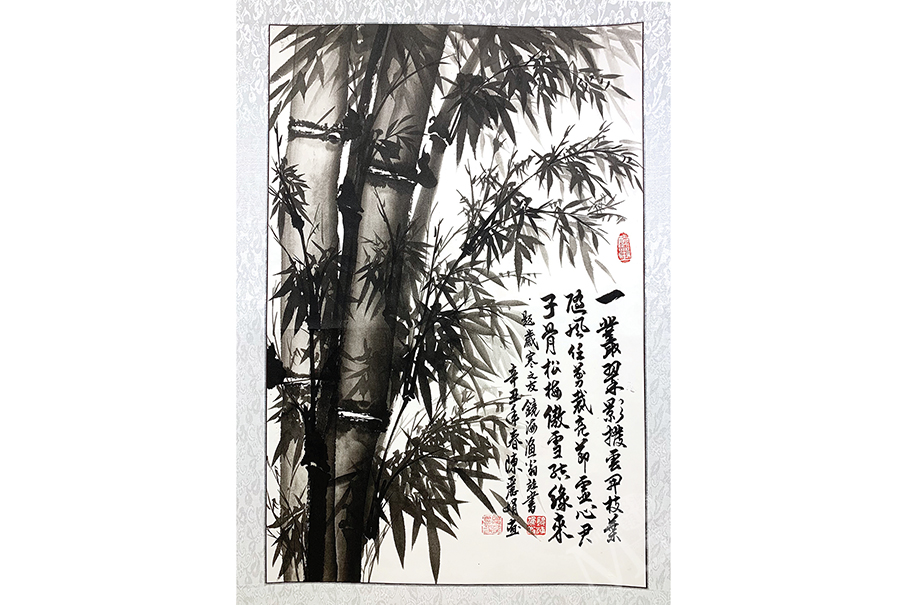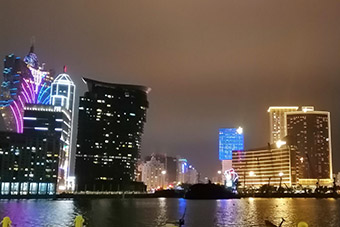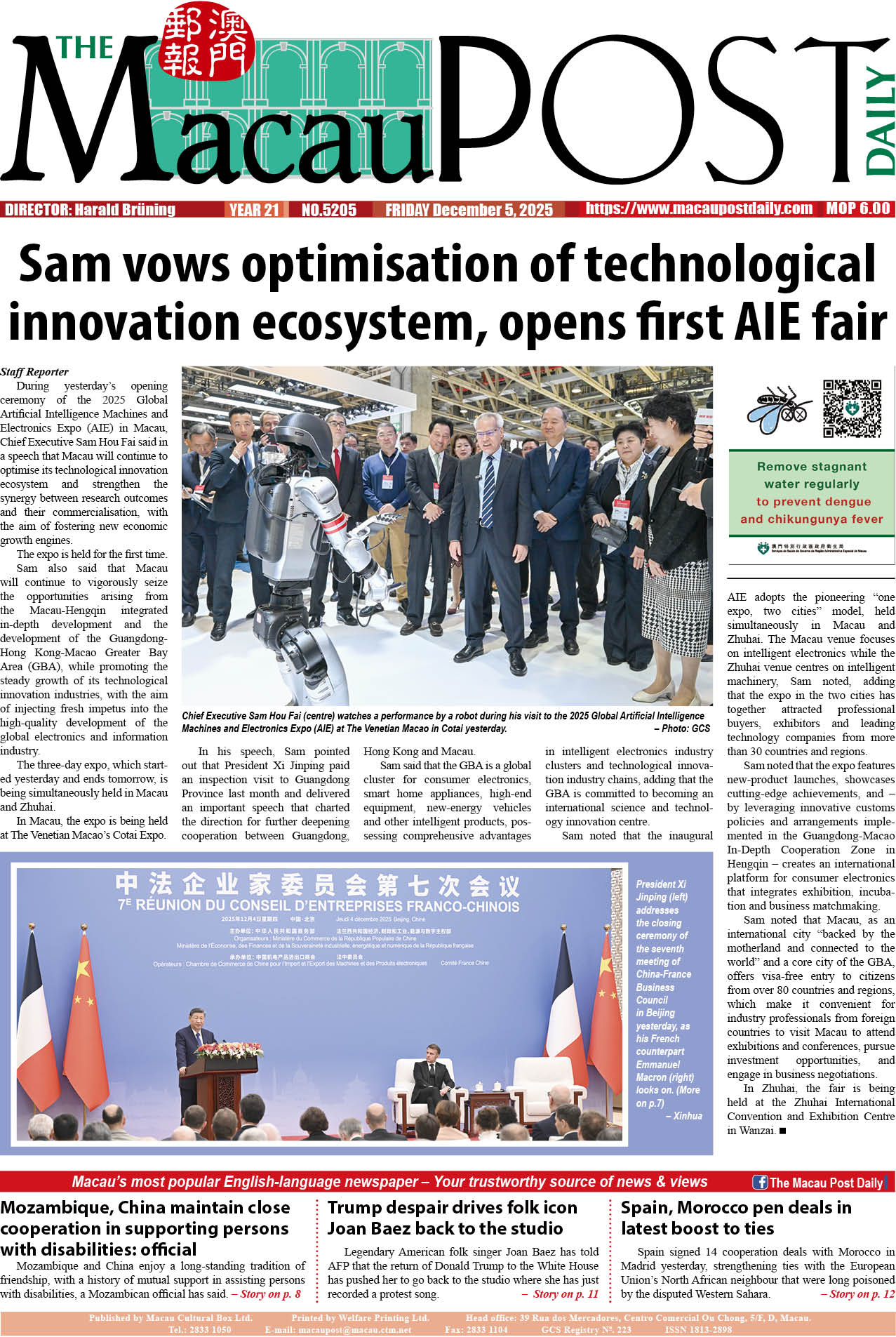Interview by William Chan
Marco Ku (古金元), a veteran journalist and cameraman with 30 years of experience in Macau’s media industry, recently talked to the Post about his firsthand account of participating in Taiwan’s traditional Baishatun Mazu Pilgrimage (白沙屯媽祖進香) in early May.
The Baishatun Mazu Pilgrimage honours Mazu—the sea goddess and a central deity in Chinese folk religion - whose worship is especially vibrant in coastal communities. What sets this pilgrimage apart is its unpredictable route. Unlike other religious processions, the journey’s path, rest stops, and schedule are not preplanned; instead, they are believed to be guided by Mazu herself, as her palanquin bearers respond to her spiritual enlightenment.
Ku noted that the pilgrimage begins at Baishatun Gongtian Temple (白沙屯拱天宮 - “White Sand Village Temple Saluting the Heavens”) in Miaoli County, northern Taiwan. The destination changes annually but often includes Zhenlan Temple (鎮瀾宮 - “Temple that Calms the Waves”) in Dajia, Taichung, or other Mazu temples. Each year, the Baishatun Gongtian Temple determines the pilgrimage dates and rituals through poe divination (擲筊)* on the 15th day of the 12th lunar month, which is February 12 this year.
“To keep up with the pilgrimage’s spontaneous movements, the organisers provided us with GPS trackers, allowing us to follow the goddess’s palanquin in real time,” Ku added.
Ku described the streets on the first day of the pilgrimage (May 1) around Baishatun Gongtian Temple as “packed with pilgrims from across Taiwan,” all gathered for the annual event. Volunteers handed out free snacks and drinks - a tradition called “offering blessed food” (發福食) - to support weary walkers and express communal care.
Mazu’s palanquin departed at 11:25 p.m. drawing crowds despite the late hour. Though Ku said he couldn’t witness the departure due to safety controls, he noted that the “festive, carnival-like atmosphere” along the route was grand and heartwarming.
According to Ku, this year’s pilgrimage broke records, attracting over 300,000 participants. Many devotees told Ku that the journey was not just a religious event but a “physical and spiritual trial” - a way for younger generations to reconnect with their land through walking.
What struck Ku most was the remarkable orderliness and cleanliness of the event. Volunteers diligently collected rubbish, and pilgrims upheld a spirit of mutual aid. “The pilgrimage wasn’t just about faith,” Ku reflected. “It was a masterclass in civic responsibility - a testament to the local people’s love for their community.”
For Ku, the Baishatun Mazu Pilgrimage transcended religion, becoming a profound encounter with the Chinese region’s humanity and cultural beauty.
* In Chinese folk religion and Taoist traditions, poe divination (掷筊 – “Divination Blocks”) is a traditional method of seeking divine guidance from deities like Mazu. It involves casting two crescent-shaped wooden or bamboo blocks to receive yes/no answers from the gods, a binary sacred practice. - DeepSeek

This photo taken last year shows Marco Ku filming in Macau. – Photo provided by Ku

“Along the route, volunteers distribute ‘blessed food’ (福食) to fellow pilgrims—a gesture of support and warmth for those undertaking the arduous journey.”

“Devotees from across Taiwan arrive at Baishatun Gongtian Temple on May 1 to join Mazu’s pilgrimage on foot.”

“Tens of thousands of Mazu devotees, including pilgrims following the deity, arrive at Chaotian Temple in Yunlin County—the final destination and the peak gathering point of the entire pilgrimage. Chaotian Temple is a renowned local shrine also dedicated to Mazu. Alongside Baishatun’s pilgrimage, Dajia Mazu in Taichung hosts a similar procession, drawing massive crowds of worshippers.”

“Baishatun Gongtian Temple in Tongxiao Township, Miaoli County, is the starting point of Baishatun Mazu’s pilgrimage. The temple, also dedicated to Mazu, is a major pilgrimage site for devotees.”

“During the return journey, Baishatun Mazu stops at Yongyuan Temple in Taichung as a resting point. Devotees gather to catch a glimpse of the goddess and seek her blessings.” – Photos taken by Marco Ku during his trip in Taiwan early May, and photo descriptions by Ku as well








